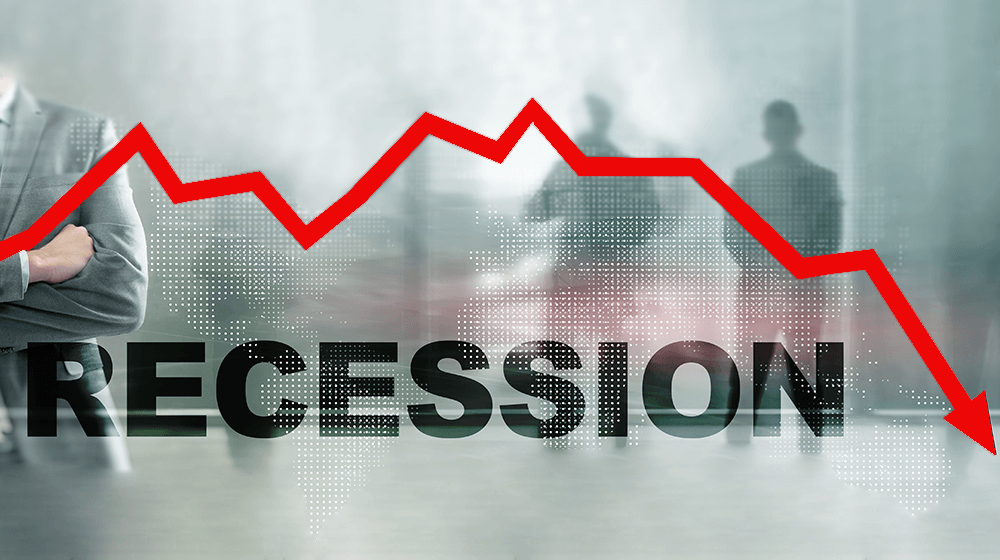
Data from the statistics office showed on Thursday that the German economy shrank in the first quarter of 2023 compared to the previous three months, entering a recession. A second estimate revealed that the gross domestic product decreased by 0.3% during the quarter after accounting for pricing and calendar changes. This comes after a 0.5% fall in the fourth quarter of 2022. Two consecutive quarters of contraction is the conventional definition of a recession. The initial projection had indicated that the first quarter GDP had stagnated and that Germany had avoided a recession.
Year-on-year, GDP fell by 0.5% when adjusted for price and calendar effects. “Under the weight of immense inflation, the German consumer has fallen to his knees, dragging the entire economy down with him,” Andreas Scheuerle, an analyst at DekaBank, said. Household consumption was down 1.2% quarter-on-quarter after price, seasonal and calendar adjustments. Government spending also decreased significantly by 4.9% in the quarter. “The warm winter weather, a rebound in industrial activity, helped by the Chinese reopening, and an easing of supply chain frictions, were not enough to get the economy out of the recessionary danger zone,” ING’s global head of macro Carsten Brzeski said.
A recession could not be avoided and now the question is whether there will be any recovery in the second half of the year
In contrast, after a dismal second half of 2022, investment increased in the first three months of this year. When compared to the prior quarter, investment in machinery and equipment climbed by 3.2%, and investment in construction increased by 3.9%.Trade made helpful contributions as well. While imports decreased by 0.9%, exports increased by 0.4%. “The massive rise in energy prices took its toll in the winter half-year,” Commerzbank’s chief economist Joerg Kraemer said. A recession could not be avoided and now the question is whether there will be any recovery in the second half of the year. “Looking beyond the first quarter, the optimism at the start of the year seems to have given way to more of a sense of reality,” ING’s Brzeski said.
Weak economic activity is supported by a decline in purchasing power, dwindling industry order books, aggressive monetary policy tightening, and the anticipated contraction of the US economy. All significant leading indicators for the manufacturing sector are currently declining as a result of Wednesday’s decline in the Ifo business climate, according to Kraemer from Commerzbank. According to a monthly economic report released on Wednesday, the German Bundesbank forecasts the economy to expand marginally in the second quarter as a recovery in the industry more than offsets stagnant home consumption and a decline in construction.
